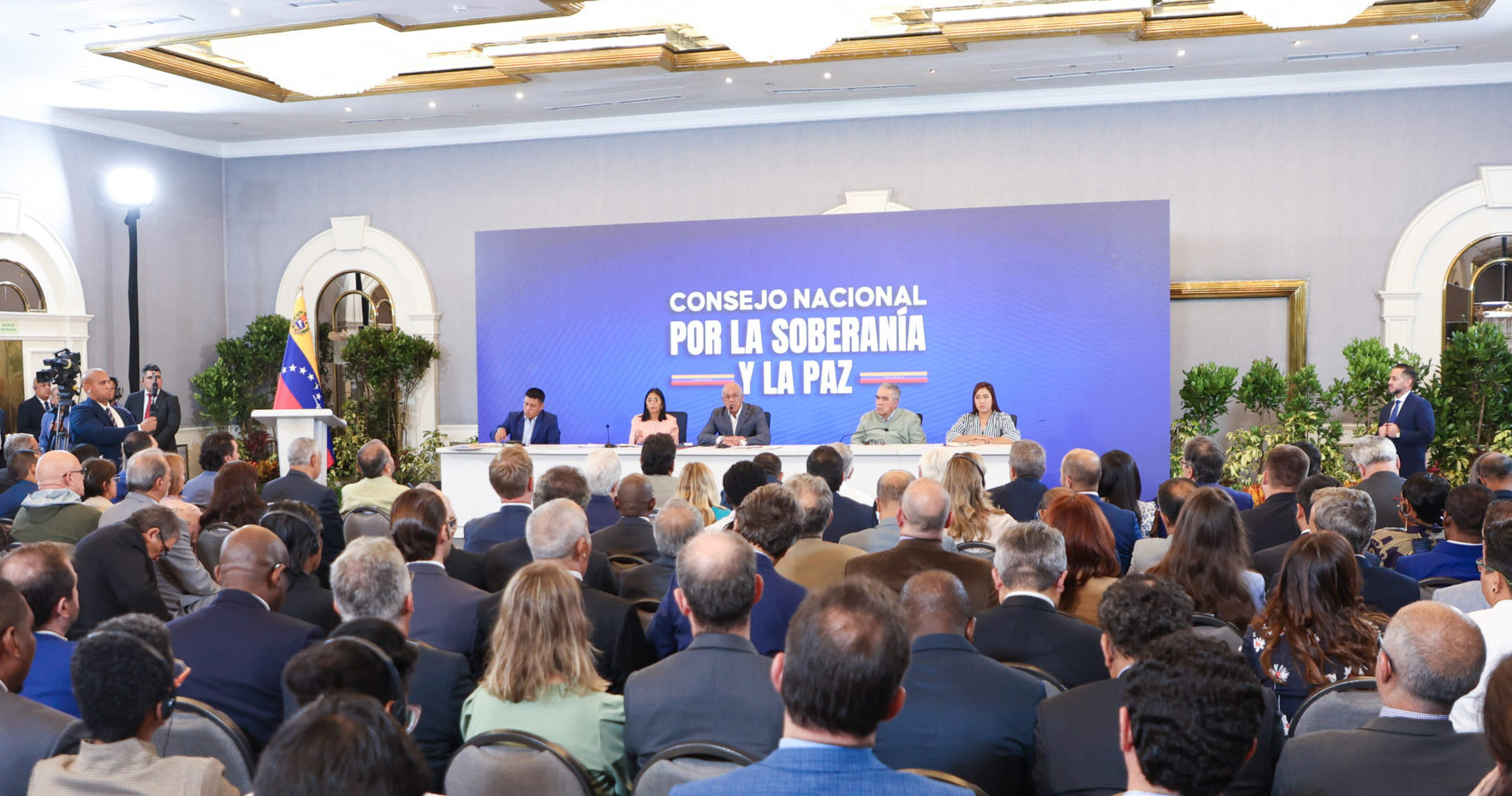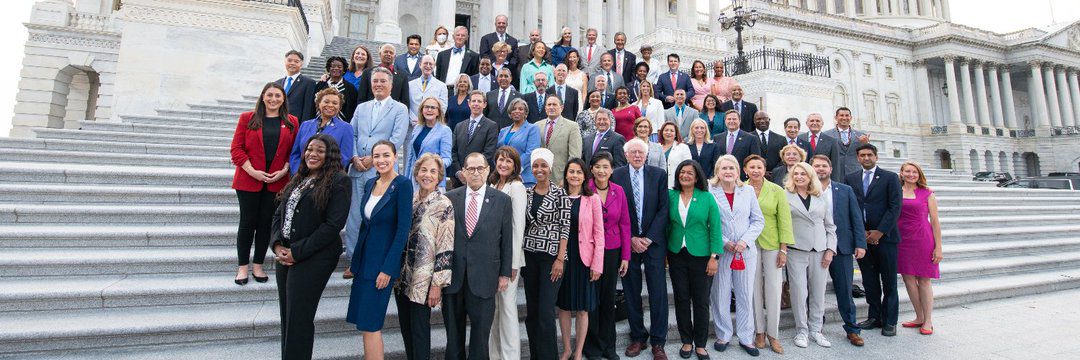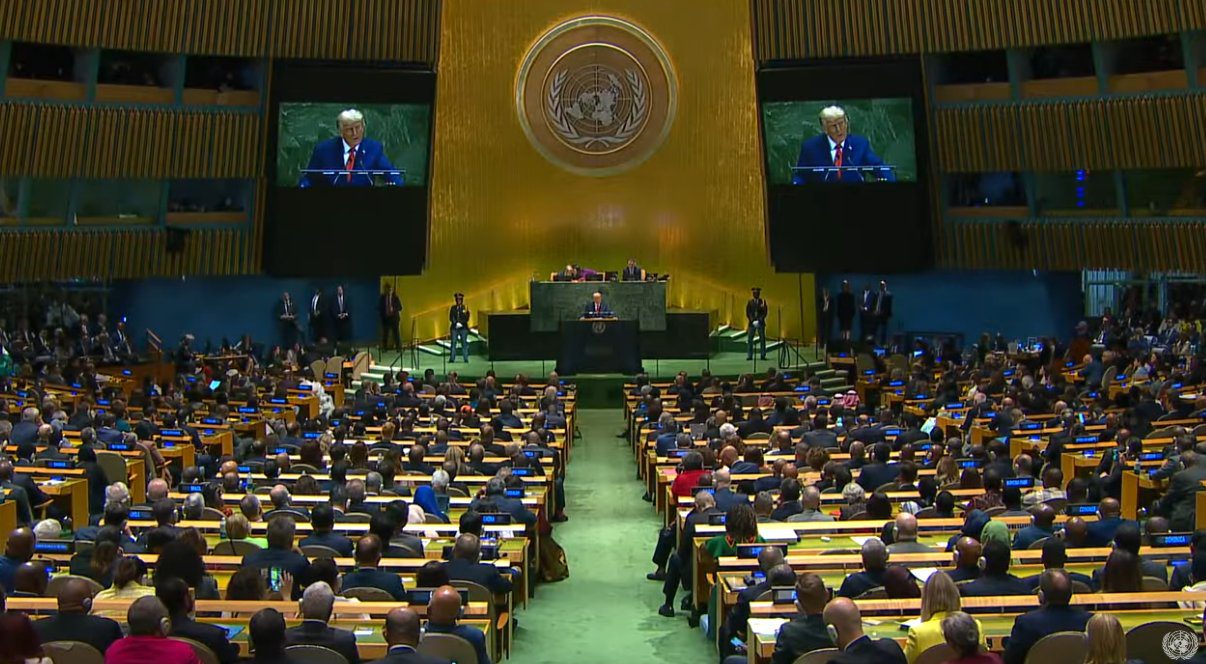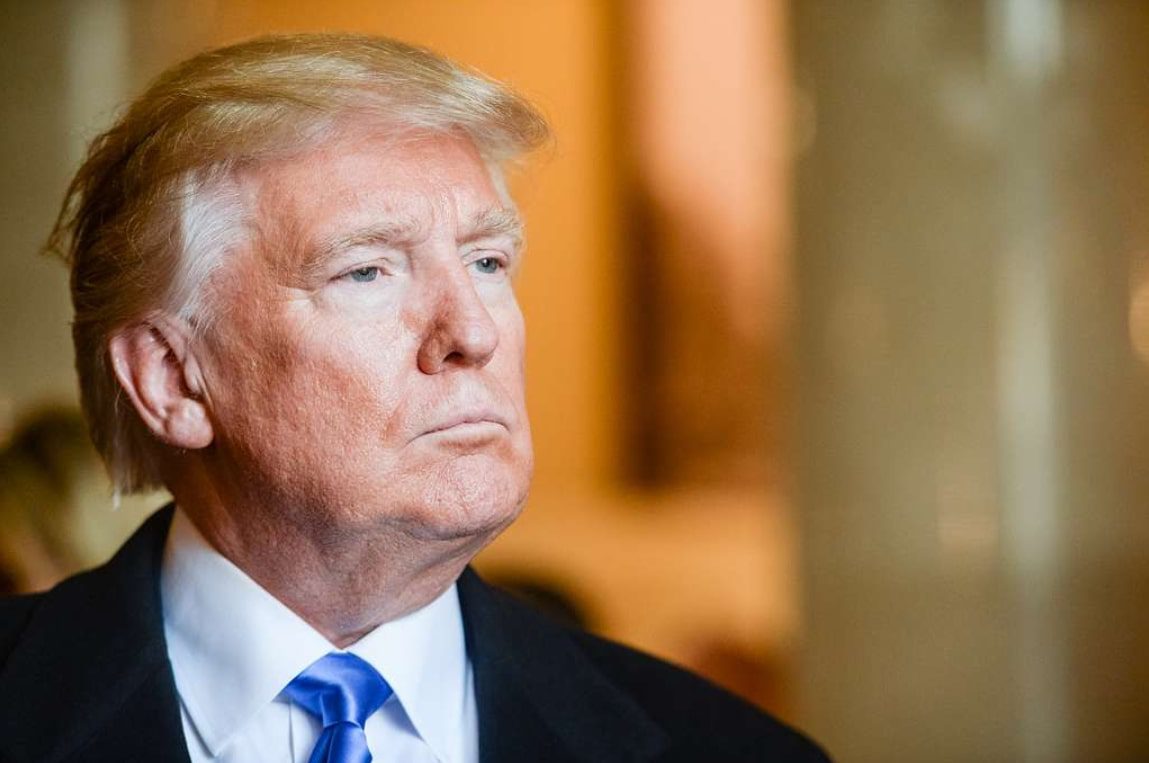Maduro welcomed the various delegations from each state of the country, made up of their respective governors and elected mayors from different political forces. Photograph: Presidential Press
Guacamaya, August 7, 2025. On the afternoon of this Wednesday, the Federal Government Council (CFG), the highest coordination body between the national, state, and municipal levels of the Executive Power, was installed. The plenary meeting, held at the Palacio de Miraflores, was attended by representatives of the national government, the newly elected governors and mayors from across the country, and spokespeople from organized society.
At the event, led by President Nicolás Maduro, the Executive Secretariat of the body was appointed as the entity responsible for its administration and operation. The Secretariat will be chaired by Delcy Rodríguez, in her capacity as Vice President of the Republic, while Leonardo Montezuma, national chief of the Presidential Command for Missions and Great Missions, will serve as secretary.
“I believe that the installation of this Federal Government Council, once the constitutional cycle for electing its authorities at the municipal, regional, and national levels has been completed, is a powerful message that Venezuela is on the path of institutionality, respect, tolerance, and an inclusive democracy— a Venezuela where there is room for everyone,” said the national leader.
The Executive Secretariat will also include, representing the National Government, the Ministers of Electric Energy, Jorge Márquez, and of Science and Technology, Gabriela Jiménez. The governors will be represented by Víctor Clark (Falcón), Johana Carrillo (Sucre), and Alberto Galíndez (Cojedes), while the mayors will be represented by Carmen Meléndez (Libertador, Capital District), Gustavo Duque (Chacao, Miranda), and Gian Carlo Di Martino (Maracaibo, Zulia).
Delcy Rodríguez, who presides over the body, also praised the inclusion of different actors of the Executive Power at all levels. “It is a real pleasure to be installing this Federal Government Council in a new political juncture. The call is for everyone to understand that this new scenario being proposed in Venezuela is also about listening to different views,” she said.
How is the Federal Government Council Managed?
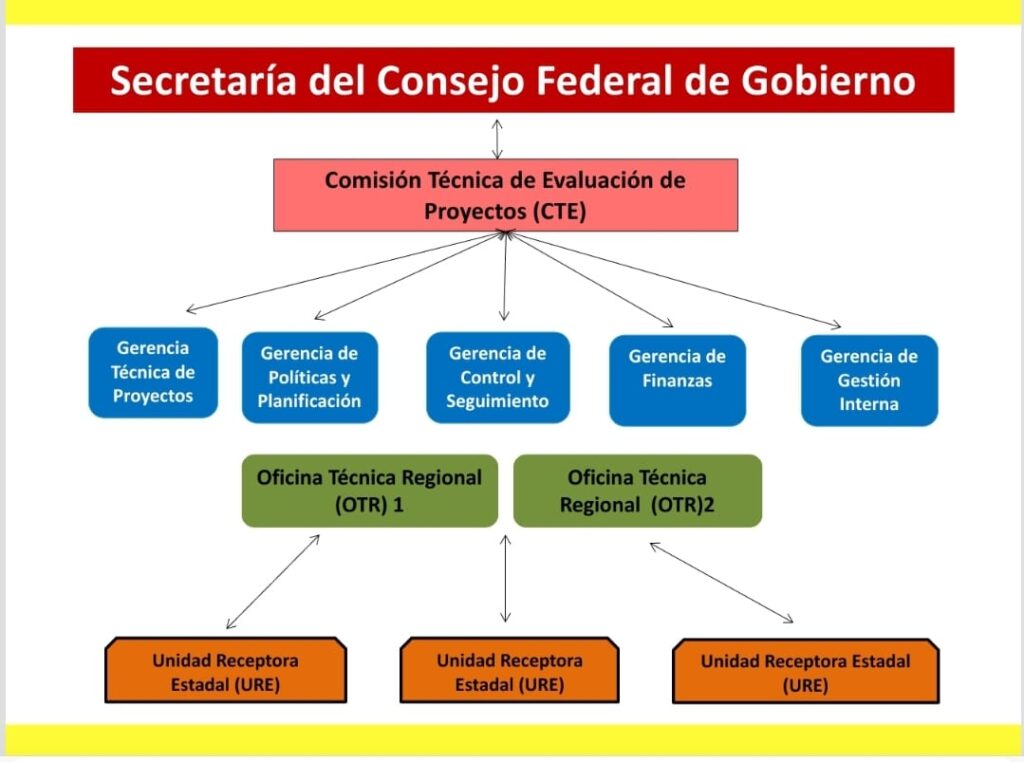
On the technical level, the Executive Secretariat of the CFG manages an Interterritorial Compensation Fund (CPI) through a technopolitical body called the Technical Evaluation Committee. According to the Law, this Committee is led by an executive director appointed by the Secretariat and includes five key management areas: projects, policies and planning, control and monitoring, finance, and internal management.
Additionally, the organizational chart extends to the regions and states with Regional Technical Offices (OTR) and State Receiving Units (URE), whose operation depends on multidisciplinary teams appointed, like all members, by free appointment and removal by the coordinator of the Secretariat.
Ecarri points out that, although this technopolitical structure allows for constant and professional monitoring of resources and projects, bureaucratic procedures often slow down, which affects the effectiveness of policies. “The proposed law reform should include digitalization and administrative debureaucratization, because sometimes resources are approved when the reality has already changed,” he emphasized.
What Role Do the Communes and Communal Circuits Play?
Government and Public Administration expert, Néstor Ecarri, explained how the CFG operates for the execution of public policies. “The CFG functions as a coordination space between the different levels of government and the grassroots. Through it, projects required in communities can be executed with adequate technical and administrative supervision,” he explained.
Regarding the inclusion of community spokespersons elected by regions, President Nicolás Maduro emphasized the need to give greater weight to their participation within the body. “I have requested that the Federal Government Council Law be reviewed to include, with significant weight, the Communes and Communal Circuits, given the pace that popular consultation processes have acquired,” he said.
In this regard, Néstor Ecarri noted that the proposed law modification must be examined to understand its scope and to verify if it will indeed contribute to the decentralization of national power. “Incorporating these grassroots structures into planning and administration is an attractive measure to strengthen their participation towards regional and national instances, but we have to see if that actually happens,” he remarked.
How Do the Representations of Governors and Mayors Impact the CFG?
Representatives of the governors’ offices and mayoralties within the Executive Secretariat of the CFG serve a one-year term, although they may be re-elected. These representatives are usually chosen based on the proportional representation of the population and governing political forces, although they also have weight as members of the plenary.
In this sense, Maduro highlighted the importance of expanding the Council’s field of action to address primary needs of the regions and localities. “It would be very important to have a work session exclusively for the Peace Quadrants and the Citizen Security Plan. We have obtained some equipment that we hopefully will soon be able to deliver to the mayoralties and governors’ offices,” he said.
In summary, the Federal Government Council is composed of national, regional, and local authorities in its plenary and is governed by an Executive Secretariat representing each level of government proportionally. This Secretariat is responsible for managing the Interterritorial Compensation Fund to execute decentralized public policy projects.



